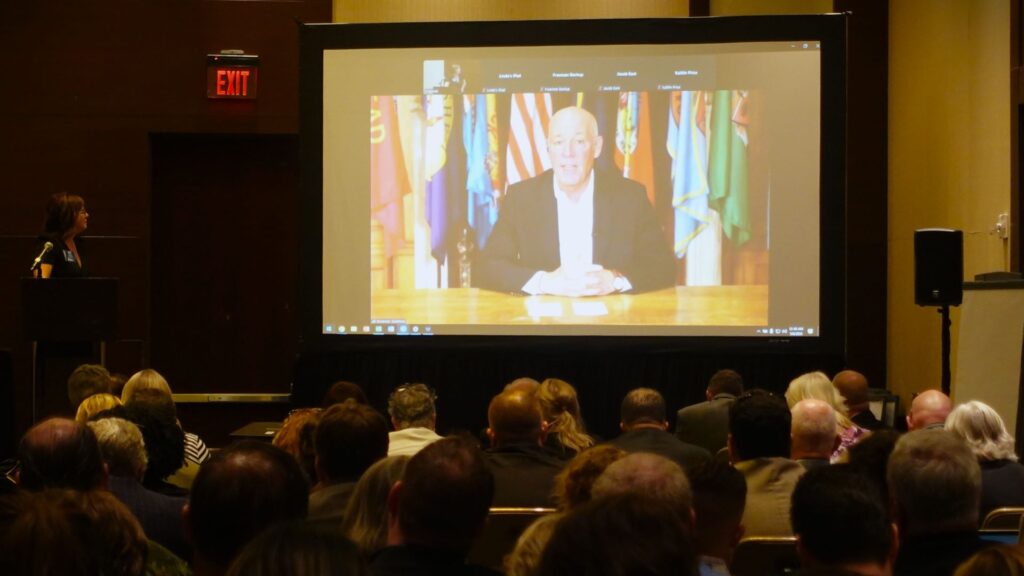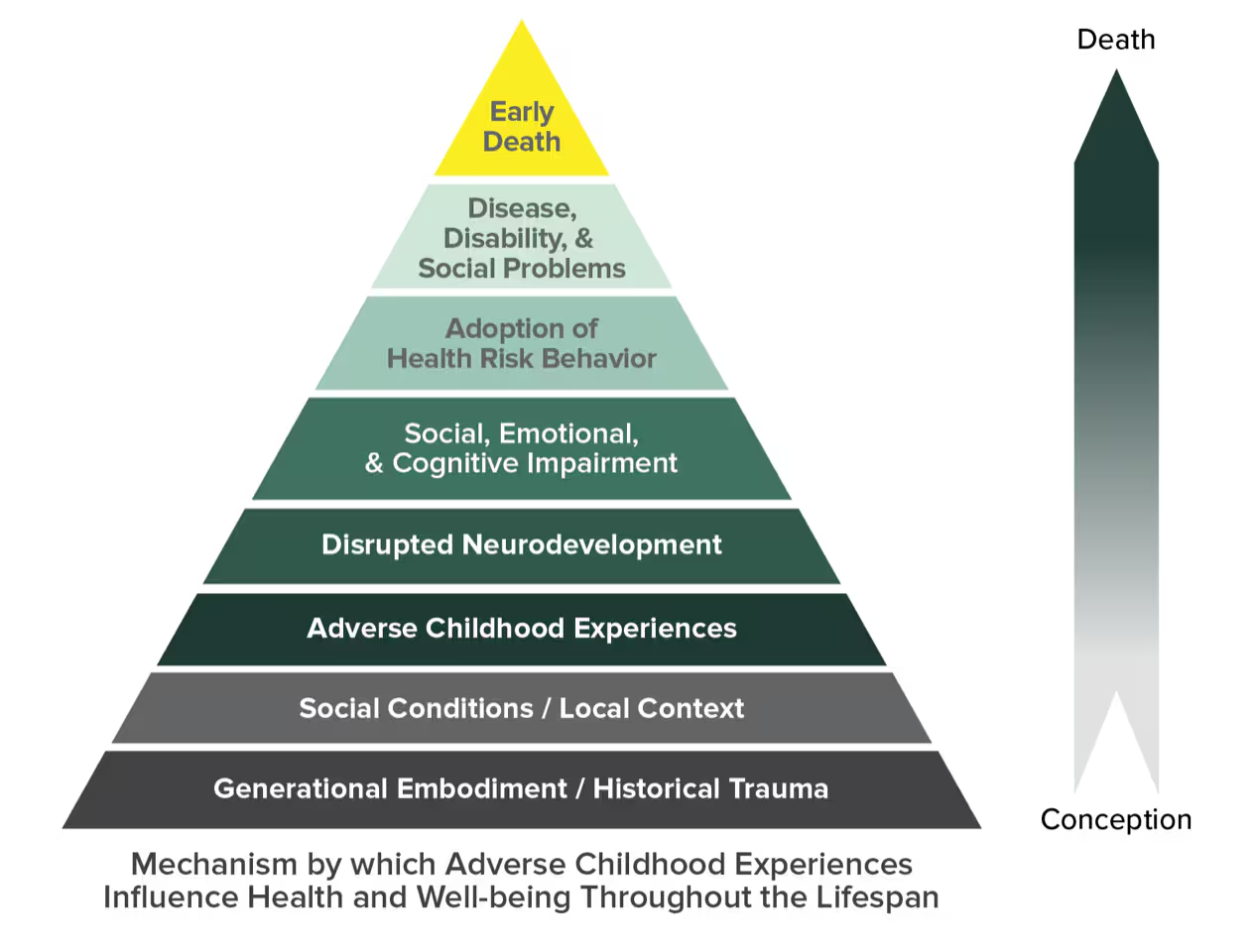
Governor Greg Gianforte joined the National Association of Realtors this week to discuss Montana’s progress in improving housing availability and affordability. Montana’s approach tackles housing from every angle – contributing to a 20% decrease in average rental prices in just one year. Key elements of their plan include:
- Reducing the regulatory burden on new development, without sacrificing public safety, the environment, or the public’s ability to provide input on projects. By developing fully vetted growth plans with public input on the front end, projects that meet the plan’s requirements can receive automatic approval – avoiding protracted, repetitive rounds of additional review.
- Expanding funding opportunities for new housing infrastructure, including water and sewer needs, through low-interest loans, provided that the development in question meets density requirements.
- Allowing accessory dwelling units (APUs) wherever single-family home zoning exists and allowing apartments in areas zoned for commercial use.
- Reforming local design review boards to be staffed by professional evaluators who are required to work solely within the bounds of public safety – versus implementing cosmetic requirements.
- Working with companies and the building trades to grow the housing workforce, including a 50% tuition match for people entering trade schools. This resulted in a more new apprenticeships in 2023 than in the three prior years combined.
Governor Gianforte encouraged everyone to look up the Montana Governor’s Housing Task Force and see all of the recommendations released in their Phase 1 and Phase 2 reports. The Governor closed his remarks by asking for input from the Realtors. When it comes to developing solutions, he said, Governors have “no pride of ownership” and are “happy to steal” good solutions. That sentiment was certainly on display at NGA’s Winter Meeting in February, where Governor Gianforte and other Governors participated in a roundtable discussion on housing availability and affordability.
It was also a sentiment embraced by NGA Executive Director Bill McBride as he followed Governor Gianforte’s remarks with a look at Governors’ efforts on housing, with case-studies including:
- Utah: Governor Spencer Cox’s “Utah First Homes” initiative aims to build 35,000 starter homes over five years using, in part, some creative funding tools included in a slate of housing bills signed into law in March.
- New York: Governor Kathy Hochul’s plan in New York features: $650 million in incentives to local governments who build more housing under the Pro-Housing Community Program; incentives to convert office buildings to affordable housing; new property tax incentives to encourage accessory-dwelling units; and tax incentives to encourage developers to build more affordable rental housing
- Georgia: Governor Brian Kemp’s Rural Workforce Housing Initiative, unveiled in 2023, has driven almost $90 million in funding to partner with local governments and developers to spur housing construction across the state.
McBride only had 20 minutes, which is not nearly enough time to cover all that Governors have done this year. A few other examples include:
- Oregon: With Governor Tina Kotek’s leadership, the state legislature approved a sweeping package that: creates a revolving loan fund, offering interest-free loans to help local governments build more housing; funds water and sewer infrastructure for new development, while also funding homelessness initiatives; helps cities access more land by allowing a one-time exemption to expand their growth boundaries by up to 150 acres.
- Virginia: Governor Glenn Youngkin signed several housing bills into law. One aims to increase density in apartments by studying updates to regulations limiting the number of floors an apartment building may have. Another would streamline approval for home construction by aligning housing construction site regulations with those governing commercial construction – with the goal of eliminating repeat reviews.
- Colorado: Following legislation last year streamlining housing loan approvals and eliminating growth caps in Colorado communities, Governor Jared Polis worked with the legislature to approve legislation eliminating discriminatory occupancy limits in Colorado to expand housing opportunities Coloradans can afford.
McBride closed with a quote from Governor Kemp:
“Transformational projects, good-paying jobs, and new investment are worth little if there aren’t options for hardworking Georgians to live where they work. We’re talking about the people who are teaching your children, keeping your community safe, who provide life-saving support in times of trouble, and those who make the goods and provide the services that make a community such a great place to call home.”
As McBride noted, this is the same case that Governors, Republican and Democrat alike, are making in state after state. It’s what the housing issue boils down to. But policymakers can’t make progress alone – at either the state or federal level. Governors, their housing policy advisors, and NGA welcome the opportunity to coordinate with housing experts and other community leaders. NGA’s Center for Best Practices and Government Relations teams work closely with Governors’ offices and state agencies on a host of housing issues – including monthly calls convening dozens of state housing advisors to share ideas and troubleshoot solutions. Bookmark our housing issue page for the latest updates.














